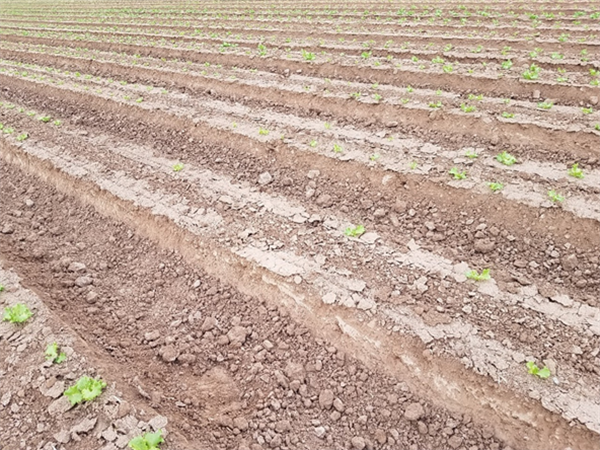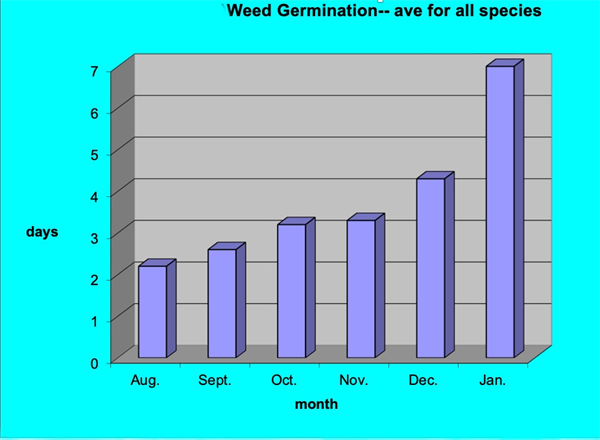-
Dec 10, 2014Recent Insecticide Registrations on Desert Produce and Melons 2014During the past 20 years, there has been an unprecedented development of insecticide chemistry that has had a major impact on how PCAs manage insects on leafy vegetables and melons. Among these were several breakthrough chemistries including the neonicotinoids, spinosyns, ketoenols and diamides. Without question these products (along with other recently registered compounds) are more effective and safer to use than compounds used prior to 1993. In 2014, several new insecticide products became available for management of the key pest found on desert crops. Sequoia (Sulfoxaflor, formerly known as Closer) is currently registered for use in leafy vegetables and melons in Arizona and should have an excellent fit for aphid and Lygus management in spring vegetables. Although it has a similar target site as the neonicotinoid chemistry, it is not considered a neonicotinoid by IRAC because of differences in how insects metabolize the toxin. Rather, it is classified as a sulfoximine and the first of the chemical class to be registered. Exirel/Verimark (Cyazypyr) was recently registered in Arizona this past fall. Cyazypyr is not a new chemistry, but rather a 2nd generation Anthanilic diamide. What sets Cyazypyr apart from the other diamides is its unique cross-spectrum activity against major chewing and sucking pests via soil systemic or foliar applications. Torac (tolfenpyrad) received a registration on leafy vegetables last spring. It is a pyrazole; a mitochondrial complex I electron transport inhibitor. In essence, it is a metabolic toxin that inhibits energy metabolism when the insect comes in contact with the compound. It has shown good thrips activity when used in combination with Radiant or Lannate, and may be an alternative to pyrethroids in tank mixtures. The last new compound, Sivanto (flupyradifurone) is anticipated to be available in early 2015. Sivanto has a similar target site as the neonicotinoid, but like Sequoia, is different from neonicotinoids and is considered a Butenolide. It has good activity against whiteflies as both a foliar spray and as a soil-applied systemic treatment. As a soil systemic in fall melons, it has shown to be very effective against adult whitefly and CYSDV suppression similar to Venom. It also has activity against aphids. More detailed information on these compounds can be found in the following publications: New Insecticides for Desert Produce and Melons.
 To contact John Palumbo go to: jpalumbo@ag.Arizona.edu
To contact John Palumbo go to: jpalumbo@ag.Arizona.edu










